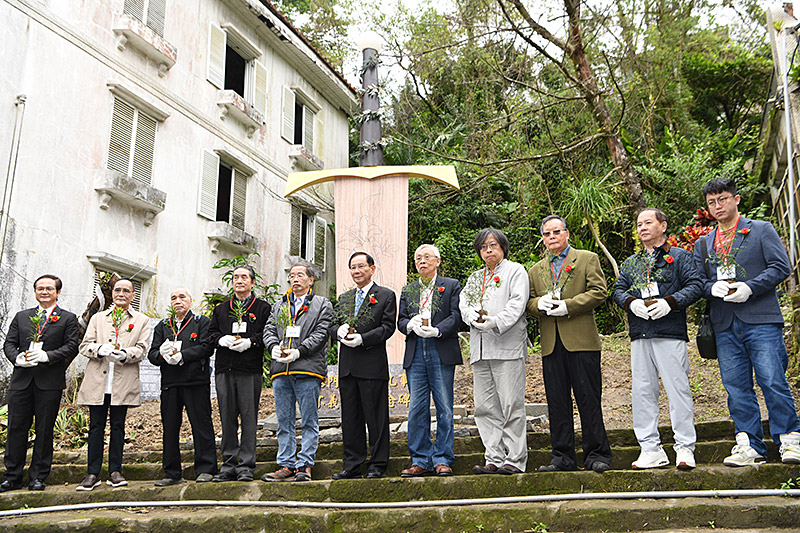Displacement wave expected if Mosul, Hawiga fighting intensifies
Agency steps up plans to respond to expected spike in numbers fleeing renewed fighting.
As many as 250,000 people could be driven from their homes in Mosul in the coming months, as fighting escalates in densely populated western areas of Iraq’s second largest city.

Iraqi families flee east Mosul through the recently liberated Mosul University complex.
Over 160,000 people have been displaced from Mosul and surrounding areas since October 17, with some 83 percent finding safety in camps and emergency sites run by UNHCR, the UN Refugee Agency, and its partners.
“We are currently able to provide some 11,000 families with shelter,” UNHCR spokesperson Matthew Saltmarsh told a press briefing today. “The Agency continues to seek additional land for new camps, reception and transit areas, to assist people closer to Mosul.”
Despite insecurity and the danger of fresh fighting, nearly 30,000 people from Mosul and surrounding areas have returned to their homes since October 2016. Now, some of them are leaving again.
“Returnees are keen to resume their lives,” Saltmarsh added, saying that people had decided to return after learning that schools and government offices in their local areas had re-opened.
In recent days, UNHCR staff have reported that several families have come back to Hasansham and Khazer camps. Those families said they had decided to return because of lack of services and bad conditions.
In some places, security and the lack of food and water is so acute that some people rely on emergency relief items, including kerosene, which they receive while staying in the camps.
Elsewhere in Iraq, UNHCR reports increasing numbers fleeing Hawiga due to deteriorating living conditions. The area, 130 km south east of Mosul, is also expected to see increased military operations.
Up to 114,000 individuals could be displaced from Hawiga, according to inter-agency planning estimates. So far, 82,128 people have fled since August 2016.
“Those leaving Hawiga face grave dangers including ambushes,” Saltmarsh said emphasizing that people face particular risks when moving across the Hamreen Mountains. “Most travel at night to evade checkpoints and armed groups, which adds to dangers,” he added.
People staying in camps such as Al-Alam Camp continue to battle harsh winter conditions including high winds and low temperatures
“It’s very cold,” said Zahra, a mother of four living in Al Alam camp. “My children are all sick because of the cold weather.”
UNHCR has distributed emergency items, including quilts and blankets, to more than 178,000 people, and provided nearly 53,000 people affected by the Mosul conflict with protection assistance.
The Agency’s 2016 Mosul emergency response appeal for US$196 million was 57 percent funded. For 2017, UNHCR has appealed for US$578 million to provide protection to internally displaced Iraqis and Iraqi refugees in the region.
source: United Nations High Commissioner for Refugees
- 351 reads
Human Rights
Ringing FOWPAL’s Peace Bell for the World:Nobel Peace Prize Laureates’ Visions and Actions

Protecting the World’s Cultural Diversity for a Sustainable Future

The Peace Bell Resonates at the 27th Eurasian Economic Summit

Declaration of World Day of the Power of Hope Endorsed by People in 158 Nations

Puppet Show I International Friendship Day 2020

